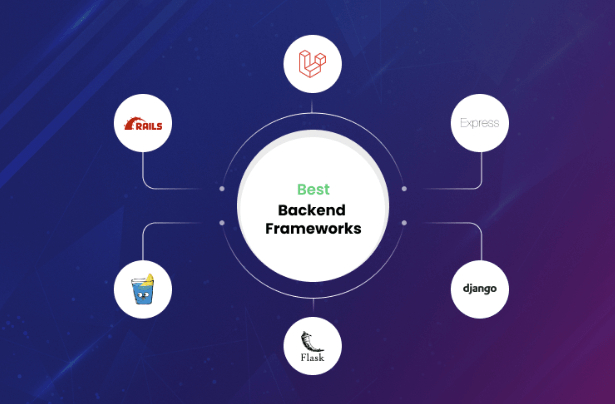
Figma has revolutionized the way designers approach web design, and Shopify is one of the most popular e-commerce platforms. By combining the power of these two tools, you can create stunning and functional Shopify stores that drive sales.
Here are some key benefits of using Figma for Shopify design:
- Visual Prototyping: Create interactive prototypes to visualize the user experience and gather feedback early in the design process.
- Component Library: Build a reusable component library to streamline your design process and ensure consistency across your store.
- Collaboration: Collaborate seamlessly with your team, clients, and developers to iterate on designs and make real-time updates.
- Design System: Create a comprehensive design system to maintain brand consistency across all touchpoints.
Tips for Effective Figma to Shopify Workflow:
- Plan Your Store Structure: Define your store's hierarchy, navigation, and content structure before starting the design process.
- Create High-Fidelity Mockups: Design detailed mockups that accurately represent the final design.
- Export Design Assets: Export your design assets in the correct format (e.g., PNG, SVG) for seamless integration into Shopify.
- Utilize Shopify's Theme Editor: Customize your chosen Shopify theme to match your Figma design.
- Test and Iterate: Thoroughly test your Shopify store on different devices and browsers to ensure optimal performance and user experience.
Conclusion: By leveraging the power of Figma, you can elevate your Shopify store design to new heights. With careful planning, effective design practices, and a solid understanding of Shopify's capabilities, you can create online stores that captivate your audience and drive sales.

.jpg)



